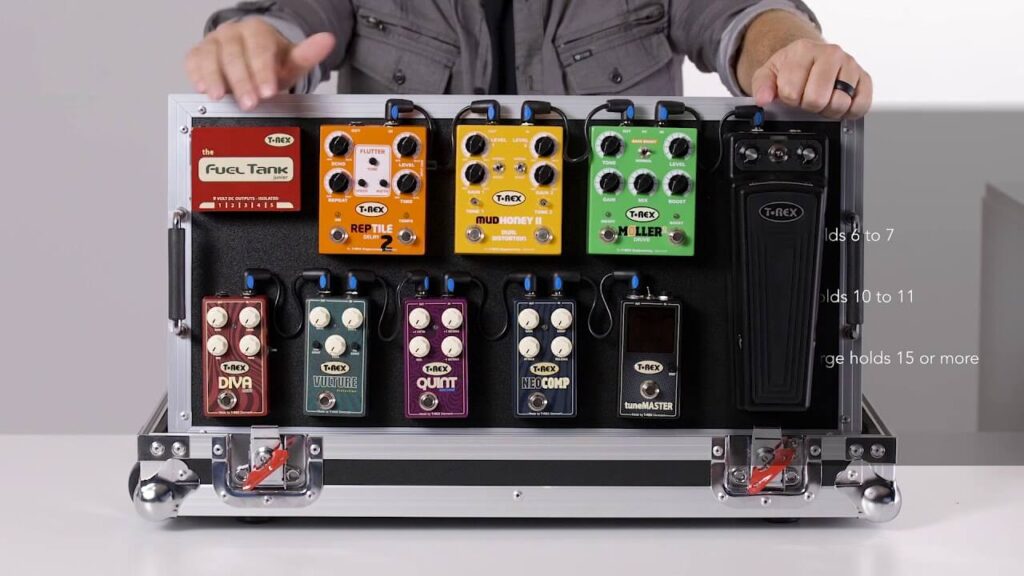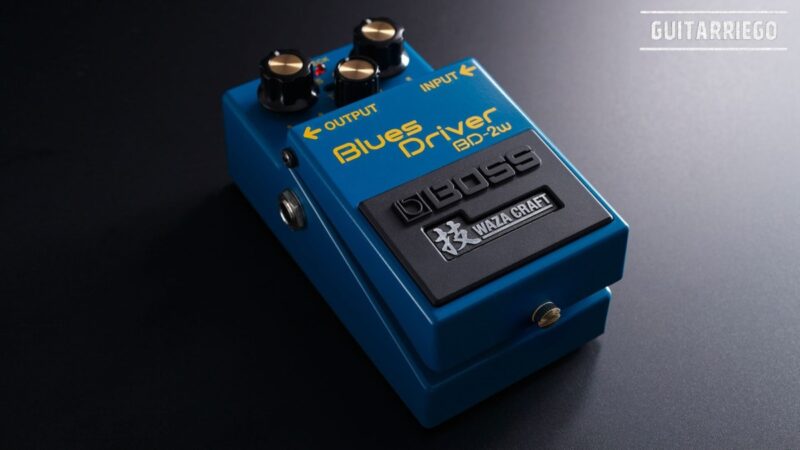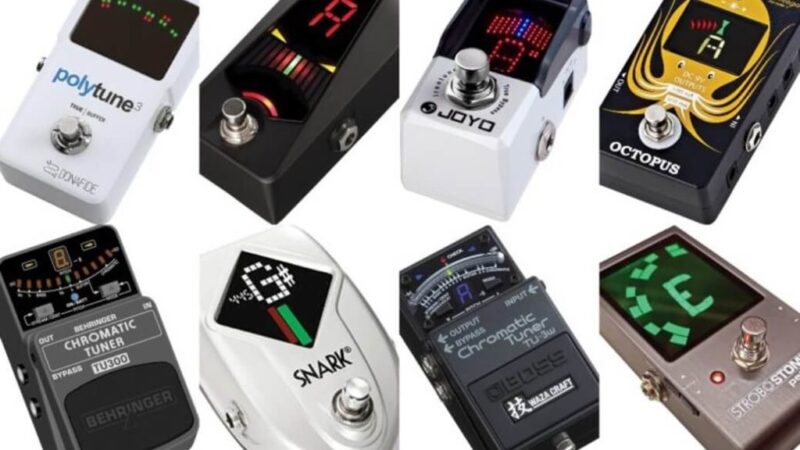Buffer pedal: How and when do we should use it

By Eric Jacobs (*)
The buffer pedal have an unfair bad reputation, but actually they are sometimes very important to keep our tone throughout our signal.
Pedals can come True-by-pass (TBP) or with Buffer. While one looks for a TBP so that the tone is not affected, sometimes, to achieve that, it is required to have a buffer pedal. In this note we tell you how and when you need to use a buffer.
What is a buffer?
A Buffer is a unity gain, flat frequency response amplifier. In other words, it does not amplify (0dB) or change the tonality. And then what is it for? What is it for?
Buffer utility
The point is that there are situations where the output impedance of a device – guitar, bass or pedal – is not low enough that it is not affected by the input impedance of the next stage.
In general, when it comes to the signal, we must always keep a ratio of 10 to one or greater, that is, the input impedance is 10 times greater than the output impedance. This is for low signals, that is, those that are handled between the guitar and the input of the amplifier or the effects loop.
For the output of the amplifier where the speaker is connected, we have large magnitudes of voltage and current, therefore the criterion is different and in the valves we must handle adapted impedance, this means that the output and load impedance are equal. For example amplifier output impedance 8 ohms and speaker box impedance 8 ohms as well.

But the buffers are used exclusively in low signal and have high input impedance and low output impedance. So they allow to solve situations where the rule of 10 to 1 mentioned above is not fulfilled.
In what cases or situations do I should use a buffer?
For example, a guitar with passive mics can have an impedance of the order of 8Kohms, and the impedance of a pedal can be from 200 to 500Kohms, so in this case a buffer is not necessary. But when lowering the volume of the guitar from its potentiometer, the impedance of the guitar rises, being able to go up to 100K in a singlecoil or 200K in a humbucker when we are at 50% of the volume which would be the worst case.
Under these conditions, the 10 to 1 rule is not fulfilled and this is where we mainly notice loss of treble. This can be compensated for using the Treble Bleed technique, but is sensitive to the length of the cable and the impedance of the first active pedal.
The Wah-wah
Interleaving a buffer here is the solution to this problem, but it should be noted that the wah will not operate the same as the wah inductor has no direct relationship with the mic inductance. This is the reason why wahs do not respond the same with active mic guitar. The solution then is to use a buffered wah or put a buffer after the wah.
The vintage fuzz
One troublesome pedal is the vintage type fuzz. The design of these pedals features low input impedance and high output impedance (depending on the position of the output level pot). This is something Jimi’s technician solved by placing a buffer before and after the Fuzz Face to correct the instability of this pedal.

Too many pedals
Another situation where a buffer may be needed is on a pedalboard with many pedals where we experience significant level changes in different combinations of pedals. In general, it will be solved by putting an input buffer, but it may be that the problem occurs with a particular pedal to which we will need to buffer.
True-by-pass is not always the best
As we see the TBP is not always the answer to our problems. Buffered pedals include a buffer that is always present, whether the pedal is active or inactive. But we can also use buffers that do not have any additional effect, or boosters set with unity gain, although these can color -for better or worse-, it goes according to taste.
(*) The author is the renowned manufacturer of amplifiers, pedals and other products “Jake Amps”.
For more information, head over to Boss.
Related Articles to keeping in tune your guitar and bass: Best 12 tips and tricks to setup your pedalboard.
You can share opinions or also chat about this and more with other musicians in our comments section.







I would like to know the brand of the two tierd pedal board on the top of this site, Thanks and take care
Hi Andrew, thanks for your comment. I don’t have the brand of the pedalboard.
Regards!